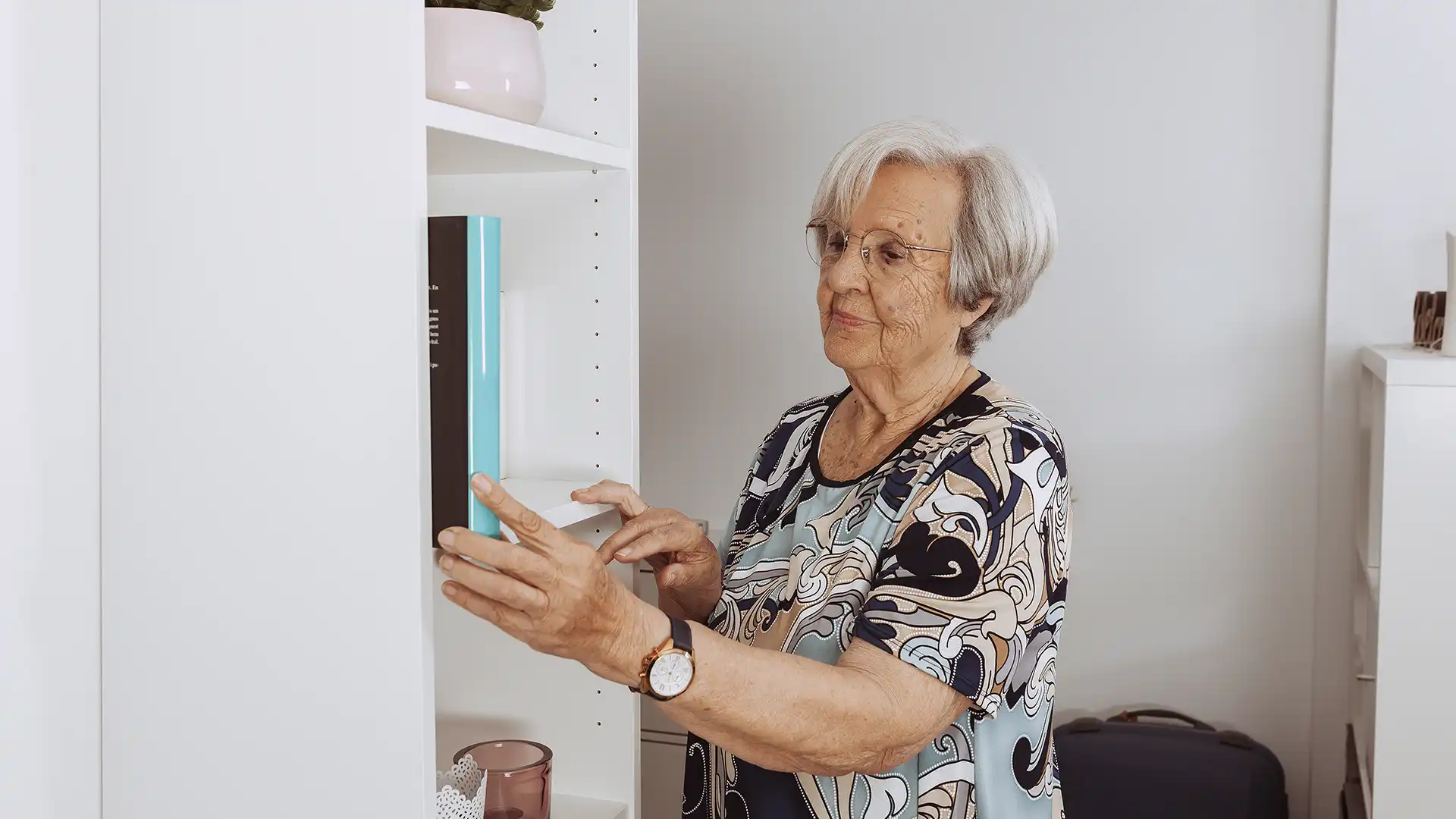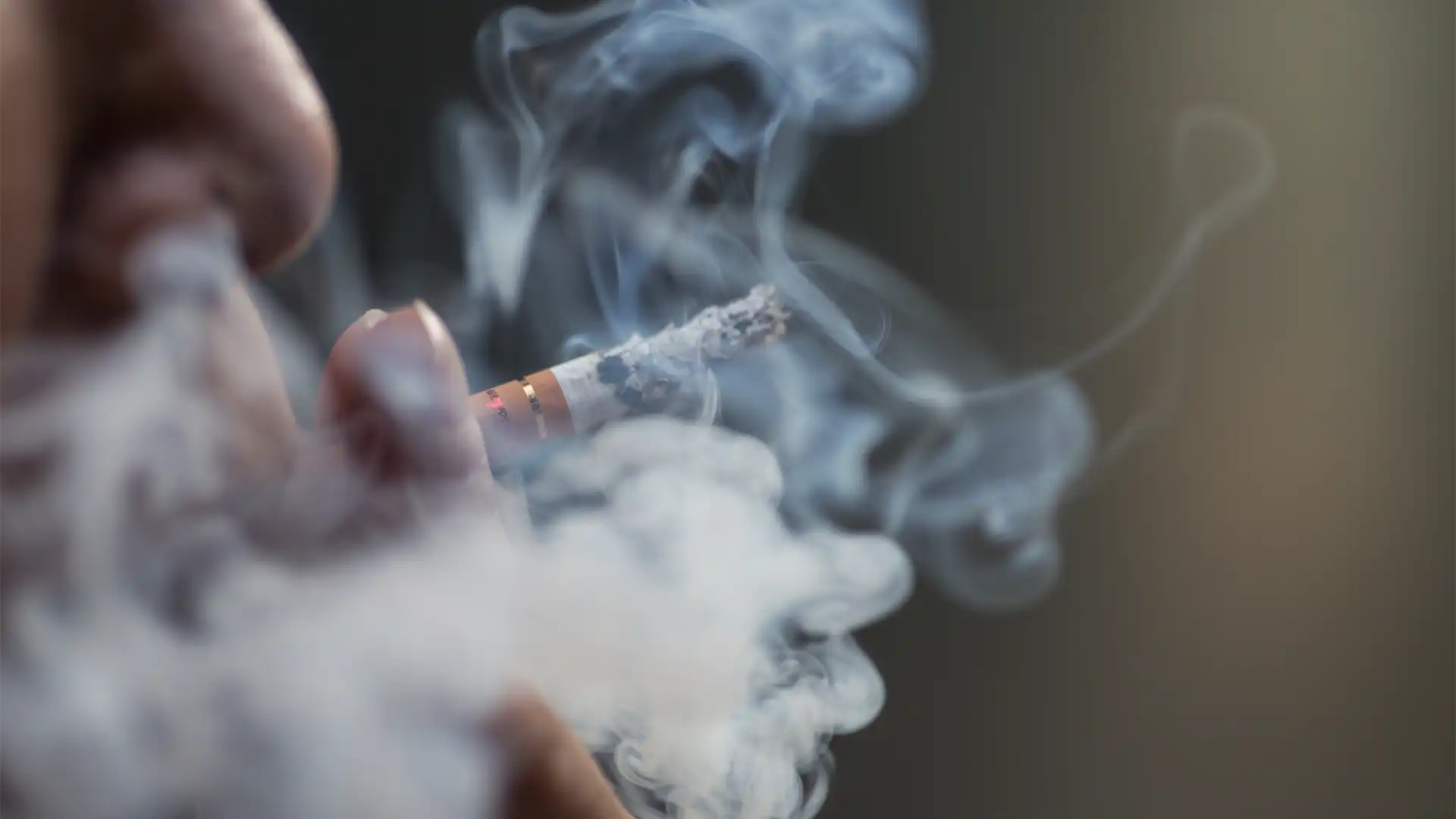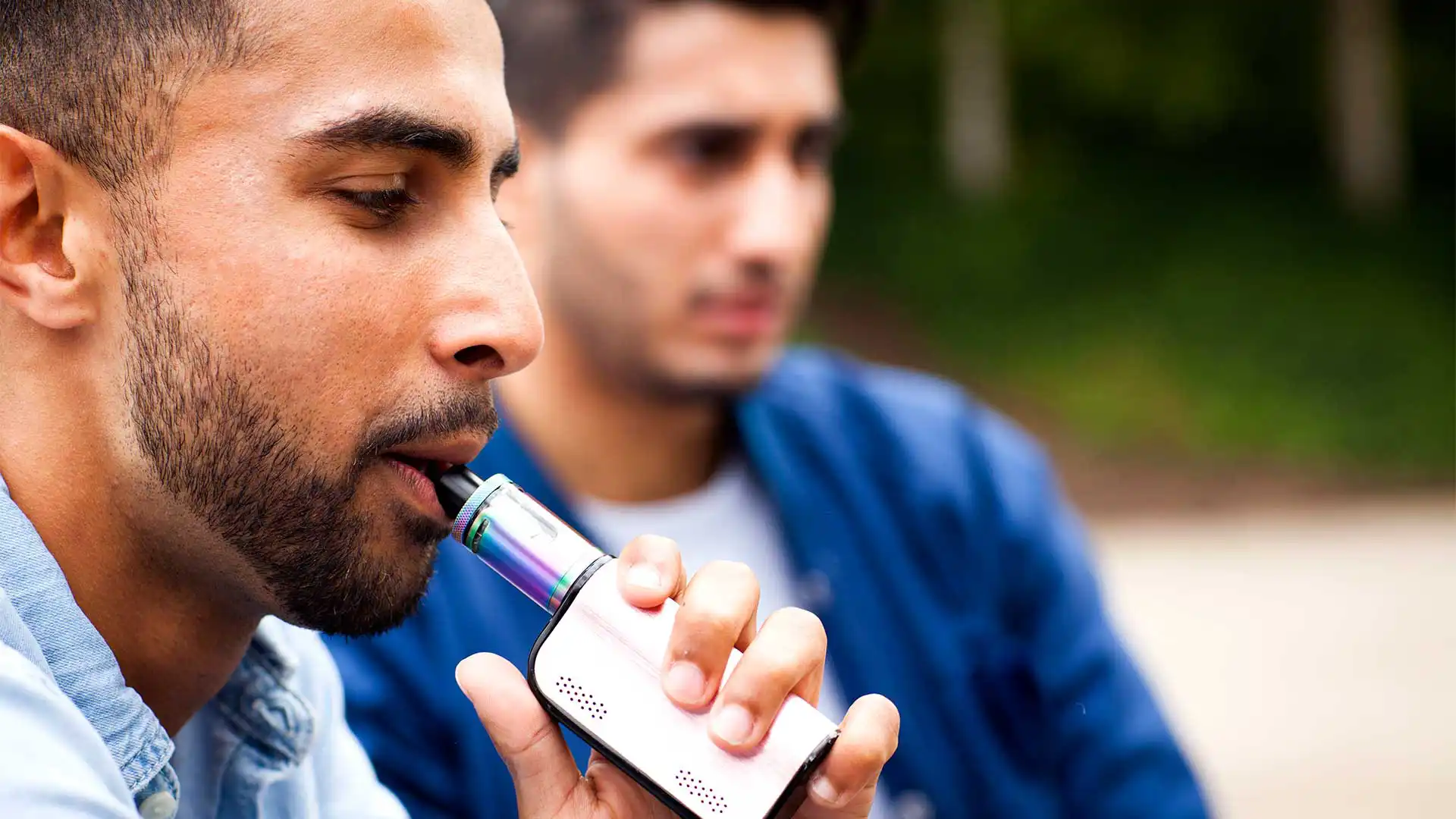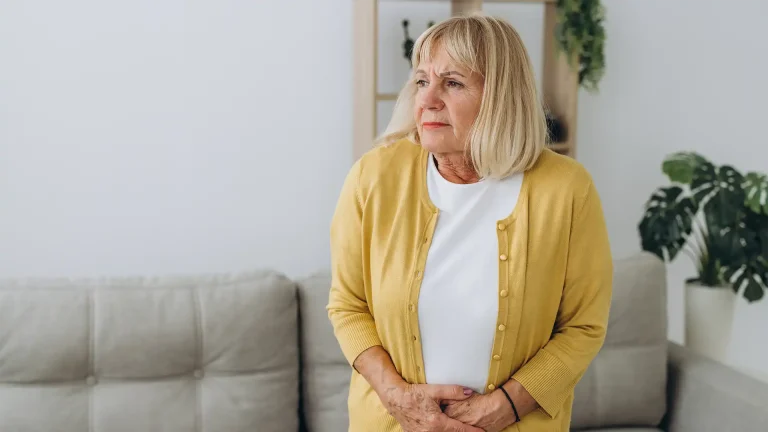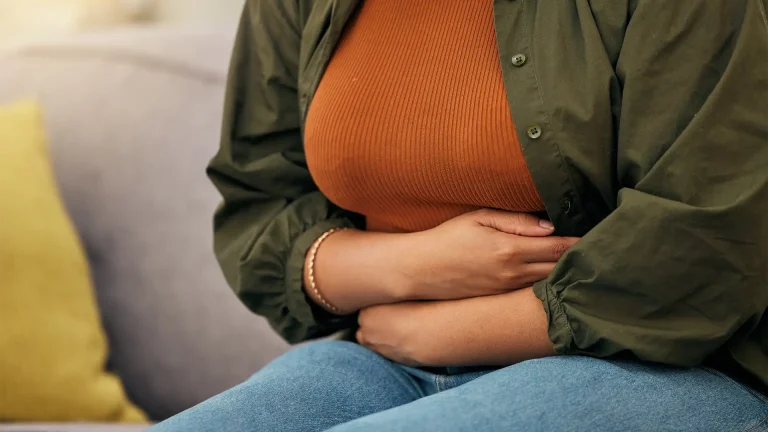Tough new laws in Australia have recently been implemented, aiming to address growing concerns about the health risks associated with vaping.
These regulations are part of a broader effort by the government to make it easier for smokers to quit tobacco smoking. The reforms include a ban on the importation of nicotine and non-nicotine vaping products, except to pharmacies, as well as minimum quality standards and restrictions on flavours, colours, and ingredients.
With these new regulations, Australians can expect significant changes in the availability and accessibility of nicotine vapes. Vapes will no longer be available at tobacconists, servos, or other retail stores. Instead, they will only be obtainable through pharmacies with a prescription from a general practitioner.
The government hopes that stopping imports and limiting access to these products will make it harder for them to reach children and teenagers who are increasingly drawn towards it. These laws aim to balance public health concerns and individual choices by focusing on importers and vendors rather than consumers.
Key Takeaways
- Australia has implemented new restrictions on vaping products, including a ban on the importation of nicotine and non-nicotine products, except for pharmacies.
- The reforms aim to make it easier for smokers to quit tobacco smoking by introducing minimum quality standards, restrictions on flavours and ingredients, and pharmaceutical-like packaging.
- A prescription will be required, and under the reforms, all GPs can prescribe them instead of just authorised prescribers.
- The laws focus on importers and vendors, with penalties yet to be determined. The government hopes that stopping imports will make it harder for products to reach children and be sold as recreational products.
Australians face new vaping crackdowns as doctors advocate for stricter regulations.
You’ll be interested to know that Australians are now facing a new crackdown as doctors push for stricter regulations. With concerns over the increasing uptake among teenagers, the Australian government is taking action by introducing tougher rules and restrictions on the products.
This crackdown addresses the growing popularity among young adults, particularly flavoured vapes that often come in fruit or candy flavours. The proposed changes include implementing plain packaging for vape products and banning certain flavours to make them less appealing to young people. The focus will also be on cracking down on their importation from overseas and addressing enforcement issues at the border.
Doctors have been advocating for stricter regulations, with a review by the Therapeutic Goods Administration calling for a ban on vape flavours and the adoption of plain packaging. Importers will also be required to hold permits for importing vapes with nicotine legally meant to be prescribed by doctors as cessation tools.
This new crackdown comes as recent studies have shown an alarming increase in current vape users among Australians aged between 15 and 30, with numbers higher than previous surveys conducted in 2019. To combat this trend, it is crucial to implement stronger regulations that discourage underage use and protect public health.
By imposing stricter rules and penalties against vendors who breach these laws, Australia aims to stamp out the sale of products to minors in retail settings. These efforts highlight the government’s commitment to addressing the harms associated with it while making it easier for smokers to quit tobacco smoking.
New data reveals hundreds of young children exposed to toxic vape chemicals.
Imagine the shock you’d feel knowing that hundreds of innocent young children have been exposed to harmful chemicals. According to recent data collected by the New South Wales Poisons Information Centre, there’s a widespread problem of young children being exposed to toxic vape chemicals with the potential to cause long-term health risks.
This alarming revelation emphasizes the need for immediate attention and stricter regulations to protect the health of our young ones.
The new data reveals the following concerning aspects of this issue:
- Kids under four are particularly vulnerable to exposure.
- The number of affected children is shocking, with hundreds reported.
- The exposure poses a potential threat to their health.
- This data supports the urgent need for preventive measures and education on the dangers.
- Stricter regulations must address this serious health concern and protect our children from further harm.
We must take action now to prevent any more children from being exposed to these toxic vape chemicals. Public awareness, education, and stronger regulations are essential in ensuring the well-being of our young ones.
What are the recent changes in Australia’s regulations?
With the implementation of stricter regulations, Australia has introduced a comprehensive framework to ensure safety and controlled distribution. These tough new rules include a ban on importing nonprescription products, both nicotine and non-nicotine variants, except those sold in pharmacies.
Additionally, minimum quality standards will be enforced for vapes, restricting flavours, colours, and other ingredients. Vape products will now require pharmaceutical-like packaging, and there will be reductions in allowed nicotine concentrations and volumes. Furthermore, all single-use disposable vapes will be prohibited.
These measures have been put in place to make it easier for smokers to quit tobacco smoking by obtaining a prescription for products. Under the new rules, all general practitioners will have the ability to prescribe these nicotine-based vapes instead of just authorized medical practitioners.
It is important to note that while the government is targeting importers and vendors rather than consumers themselves, there are no plans to penalize individuals who vape without a prescription. The aim is primarily to restrict access to products used for smoking cessation purposes to prevent their availability among children and teenagers.
By creating stronger penalties against vendors who breach these laws and stopping imports at the border, it is hoped that the accessibility of products to children can be significantly reduced.
Overall, these tough new regulations mark a significant step towards addressing public health concerns related to it while still providing an avenue for smokers looking for alternative methods of quitting tobacco smoking.
Will vapes remain available at tobacconists, servos, and other retail stores?
Despite the comprehensive regulations implemented in Australia, it remains uncertain whether vapes will continue to be available for purchase at tobacconists, servos, and other retail stores. The recent changes in Australia’s regulations aim to restrict all products used for vaping and make it easier for smokers to quit tobacco smoking. However, the details of strong penalties against vendors who breach the new law are yet to be determined.
This uncertainty leaves a question mark on whether retail stores will still choose to sell vapes or if they will opt out due to potential legal consequences.
The availability of vapes at tobacconists, servos, and other retail stores is a key concern as these outlets have been popular among consumers seeking the product. While the reforms primarily target importers and vendors rather than consumers, it is unclear how strict enforcement will be at the retail level.
Without clear guidelines on penalty regimes, retailers may hesitate to continue selling vapes for fear of facing legal repercussions or hefty fines. This situation creates uncertainty about whether Australians will still have access to vapes through traditional retail channels despite the tough new laws implemented by the Australian government.
The government implemented a crackdown due to health concerns.
Prepare for a safer and healthier future as the government takes decisive action to protect your well-being by cracking down on harmful practices. Concerns over the health risks associated with recreational vaping have prompted the Australian government to implement tough new laws in Australia.
These laws aim to address the growing epidemic of youth vaping and prioritize public health and safety. Under these regulations, the importation of nicotine and non-nicotine products will be banned, except for pharmacies. The government also plans to introduce minimum quality standards for vapes, restrict flavours, colours, and ingredients, and require pharmaceutical-like packaging. In addition, all single-use disposable vapes will be banned. By targeting importers and vendors rather than consumers, these reforms make it harder for products to reach children.
While some concerns have been raised about criminalization and resource allocation, the focus of these laws is on vendors who sell vapes rather than individuals using them. It’s important to note that selling vapes to under-18-year-olds is already illegal in Australia. To further prevent sales to minors, penalties against vendors who breach the new law are yet to be determined.
The government’s aim is clear – to stamp out the sale of vaping products to kids in retail settings and reduce the harm associated with recreational vaping. It’s becoming a behavioural issue in high schools. With these tough new measures in place, Australians can look forward to a future where their well-being is protected from the potential risks posed by this practice.
Is vaping considered safe? Let’s examine the facts.
Let’s explore the safety and examine the facts surrounding this controversial practice. While it has gained popularity as an alternative to traditional tobacco smoking, there are concerns about its safety and potential health risks. Here are some key points to consider:
- In the USA, it lacks FDA Approval: The Food and Drug Administration (FDA) requires approval to determine the safety and effectiveness of e-cigarettes for treating nicotine addiction. Currently, there is a lack of large, high-quality studies on the long-term effectiveness of e-cigarettes for quitting smoking.
- Youth Epidemic: There has been a significant increase in e-cigarette usage among teenagers and children, with higher rates observed among certain groups. High schools commonly use flavoured e-cigarette products, which are becoming widespread in primary schools.
- Potential Health Risks: Some studies have shown that most e-cigarette users continue to smoke regular cigarettes even after using e-cigarettes for a year. Additionally, they can cause inflammation and hospitalisation for a short period. Worrisome trends include young people being introduced to smoking regular cigarettes through vaping.
- Harmful Effects on Children: E-cigarettes and related products can harm even young children through absorption or ingestion. Some devices are designed to be discreet and resemble other objects, making them easily accessible to curious children.
It is important to consider these facts when evaluating the safety of vaping practices. While some individuals may find success in using e-cigarettes as a tool for quitting tobacco smoking, it’s crucial to prioritise further research on their long-term effects and implement regulations that protect vulnerable populations like youth from the potential harm associated with nicotine use.
Increased Vaping Habits
With it becoming more popular, it’s essential to address this practice’s increased prevalence and potential impact on public health.
In Australia, there’s been a rise in vaping habits among teenagers and children, which has raised concerns about nicotine addiction and associated health issues. The recently announced tough new laws aim to tackle this problem by restricting the sale and importation of vape products.
Under the proposed reforms, the importation of nicotine and non-nicotine products will be banned, except for pharmacies. This restriction makes it harder for these products to reach children and teenagers. Additionally, there will be minimum quality standards for vapes, restrictions on flavours and ingredients, and pharmaceutical-like packaging requirements. These measures protect public health by ensuring that products meet certain safety standards.
The increase in vaping habits among young people has been linked to psychological issues, headaches, stomachaches, and significant nicotine addiction. By implementing these tough new laws, Australia aims to make it easier for smokers who want to quit tobacco smoking by providing them with access to nicotine products through prescriptions from general practitioners (GPs). This change in accessibility may positively impact physical and psychological health by offering effective smoking cessation treatments for those struggling with addiction.
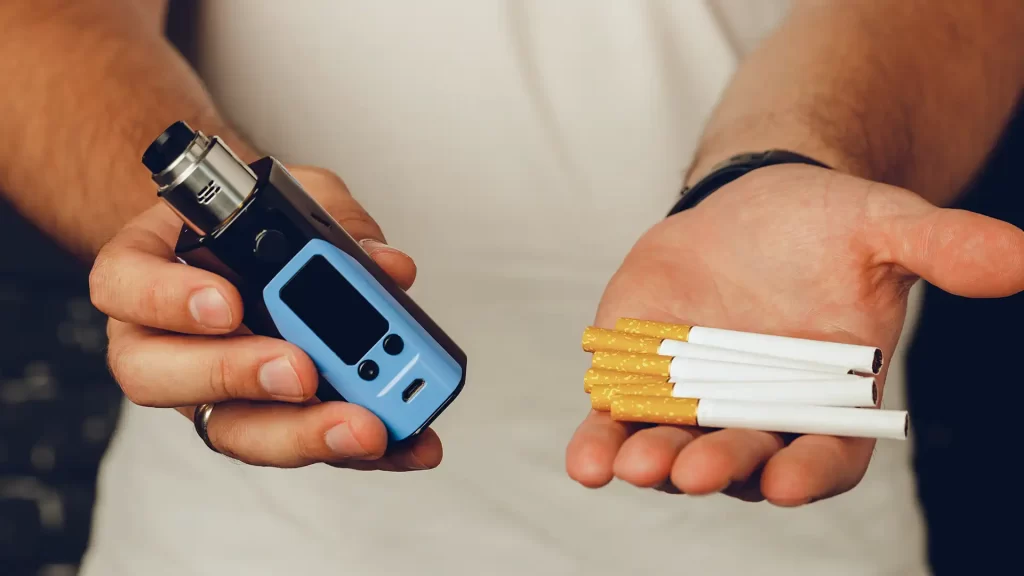
Ultimately, these reforms aim to curb the sale of vape products to underage individuals in retail settings and address the potential risks associated with increased vaping habits in Australia.
FAQ
What is vaping?
Vaping refers to the act of inhaling and exhaling vapours produced by electronic cigarettes or similar devices. It is an alternative to smoking tobacco.
Are vapes and e-cigarettes the same thing?
Yes, vapes and e-cigarettes are terms used interchangeably to describe electronic vaporization devices.
Does vaping contain nicotine?
Some vapes or e-cigarettes contain nicotine, while others may be nicotine-free. It is important to check the product description to know if nicotine is present.
Is vaping safer than smoking tobacco?
Vaping is considered to be less harmful than smoking tobacco because it eliminates the combustion process and reduces exposure to harmful chemicals present in tobacco smoke. However, the long-term effects of vaping are still being studied.
Can vaping help smokers quit?
Vaping has shown potential as a smoking cessation aid for adult smokers. However, consulting with healthcare professionals for personalized advice and assistance is important.
What are the risks associated with vaping?
The risks associated with vaping include potential addiction to nicotine, adverse respiratory effects, and the risk of using unregulated or counterfeit products that may contain harmful substances.
Are there any regulations on vaping in Australia?
Australia has implemented tough new laws and regulations on vaping, including restrictions on the sale and importation of nicotine vaping products. Health Minister Mark Butler has led the crackdown on vaping to protect public health.
Can vaping be used as a recreational product?
In Australia, the sale of nicotine vaping products as recreational items is illegal. It is important to follow the laws and regulations in your specific region.
Can vaping be used therapeutically?
Although vaping is not approved as a therapeutic product to help long-term smokers quit in Australia, research is ongoing to evaluate its potential efficacy.
Q: Are there any restrictions on flavours in Australia?
Australia has announced new restrictions on flavours to create a new generation of nicotine addicts. The government aims to limit the appeal of vaping, particularly to young people, when it is also wrapped in shiny packaging.
Conclusion
In conclusion, Australia has implemented tough new vaping laws to combat the growing use of vape products and protect public health.
The regulations include a ban on importing nicotine and non-nicotine vaping products, except for pharmacies, and restrictions on flavours and ingredients. Additionally, pharmaceutical-like packaging will be required, and single-use vapes will be banned.
While concerns have been raised about criminalization and resource allocation, these laws focus on importers and vendors rather than consumers. The government hopes that stopping imports will make it harder for these products to reach children, who are specifically targeted.
While concerns have been raised about criminalization and resource allocation, these laws focus on importers and vendors rather than consumers. The government hopes that stopping imports will make it harder for these products to reach children, who are specifically targeted.
Introducing prescription requirements for products also ensures they are used safely under medical supervision. While there may be debates about the safety of vaping, with some arguing it can help smokers quit tobacco smoking while others highlight potential health risks associated with its use, the government’s priority is to regulate the industry more effectively to protect public health.
Introducing prescription requirements for products also ensures they are used safely under medical supervision. While there may be debates about the safety of vaping, with some arguing it can help smokers quit tobacco smoking while others highlight potential health risks associated with its use, the government’s priority is to regulate the industry more effectively to protect public health.
These new regulations demonstrate Australia’s commitment to addressing the challenges posed by vaping and working towards creating a safer environment for all citizens.

